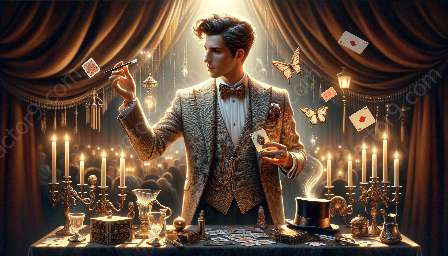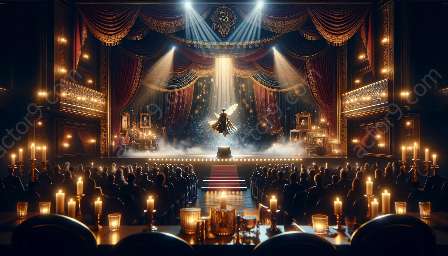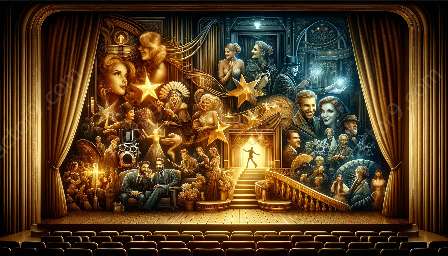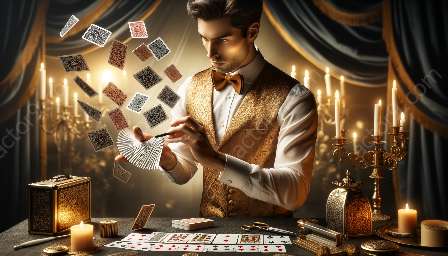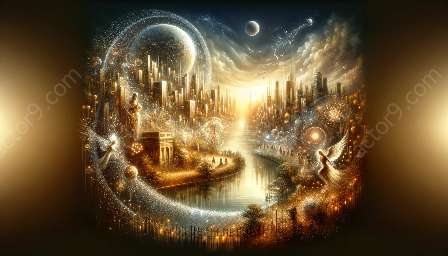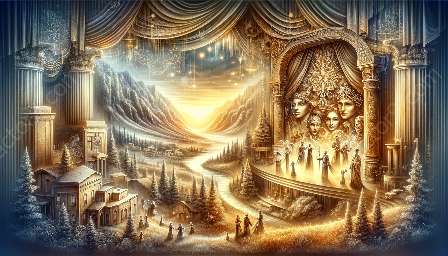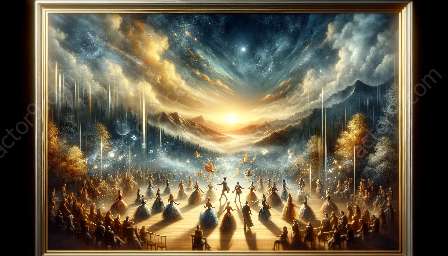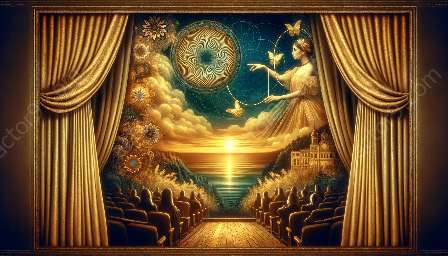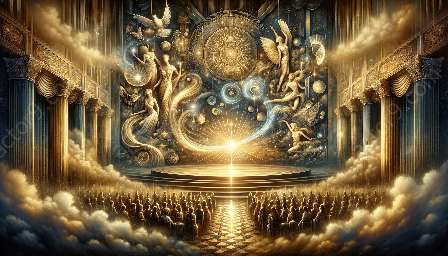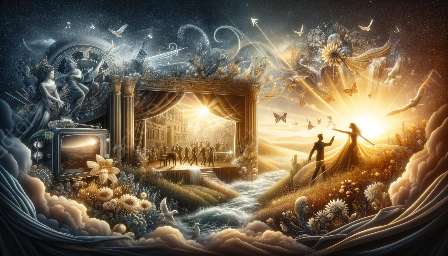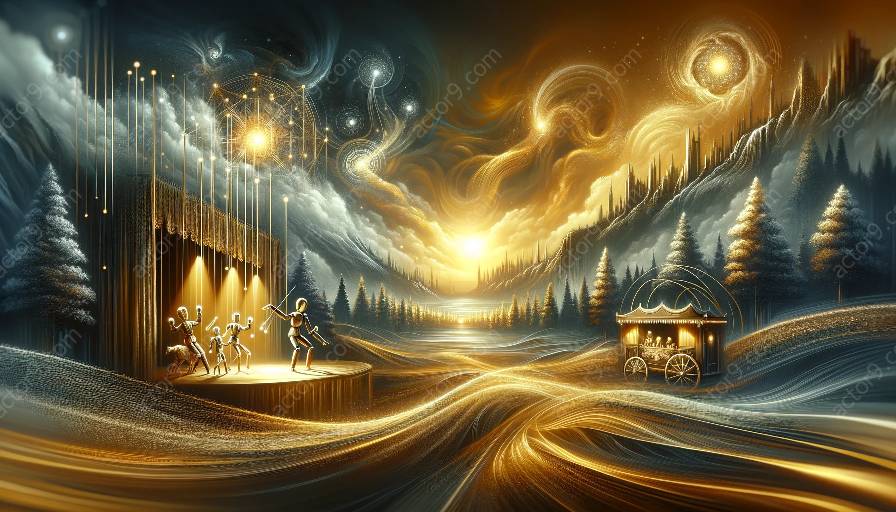Magic, puppetry, and ventriloquism are art forms that have captivated audiences for centuries. When combined, they create a mesmerizing experience that is both entertaining and thought-provoking. In this topic cluster, we will explore the narrative structure and misdirection in magic using puppetry and ventriloquism, and how these elements are compatible with the world of illusion and deception.
The Art of Misdirection
Misdirection is a fundamental technique in magic, and it is also a key element in puppetry and ventriloquism. It involves diverting the audience's attention from the secret actions that are taking place, allowing the magician or puppeteer to create a sense of wonder and disbelief. In magic, misdirection can be achieved through subtle gestures, engaging storytelling, or the use of props. Similarly, in puppetry and ventriloquism, the puppeteer skillfully manipulates the puppet to direct the audience's focus where they want it to be.
Narrative Structure in Magic
Good magic is not just about tricks; it's about storytelling. Narrative structure plays a crucial role in creating a magical experience for the audience. Similarly, in puppetry and ventriloquism, storytelling is at the heart of the performance. By crafting a compelling narrative, magicians, puppeteers, and ventriloquists can engage their audience on an emotional level, drawing them into a world of wonder and illusion.
The Power of Puppetry and Ventriloquism
Puppetry and ventriloquism add a unique dimension to the art of magic. The use of puppets and ventriloquist dummies allows magicians to introduce characters and stories that would be impossible to achieve with traditional magic alone. The narrative can unfold through the interactions between the magician, the puppet, and the audience, creating an immersive and enchanting experience.
Compatibility with Magic and Illusion
When it comes to magic and illusion, puppetry and ventriloquism are perfect companions. The skillful manipulation of puppets and ventriloquist dummies can enhance the sense of wonder and mystery that is central to magic performances. By blending these art forms, magicians can create illusions that are not only visually stunning but also emotionally captivating.
Conclusion
In conclusion, the narrative structure and misdirection in magic using puppetry and ventriloquism offer a captivating and immersive experience for audiences. These art forms complement each other, allowing magicians to weave compelling stories while enchanting and surprising their spectators. By understanding the synergy between narrative, misdirection, puppetry, and ventriloquism, magicians can elevate their performances to new heights, creating truly magical moments for their audiences.


